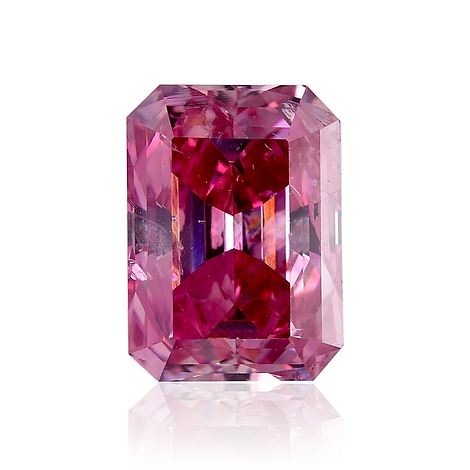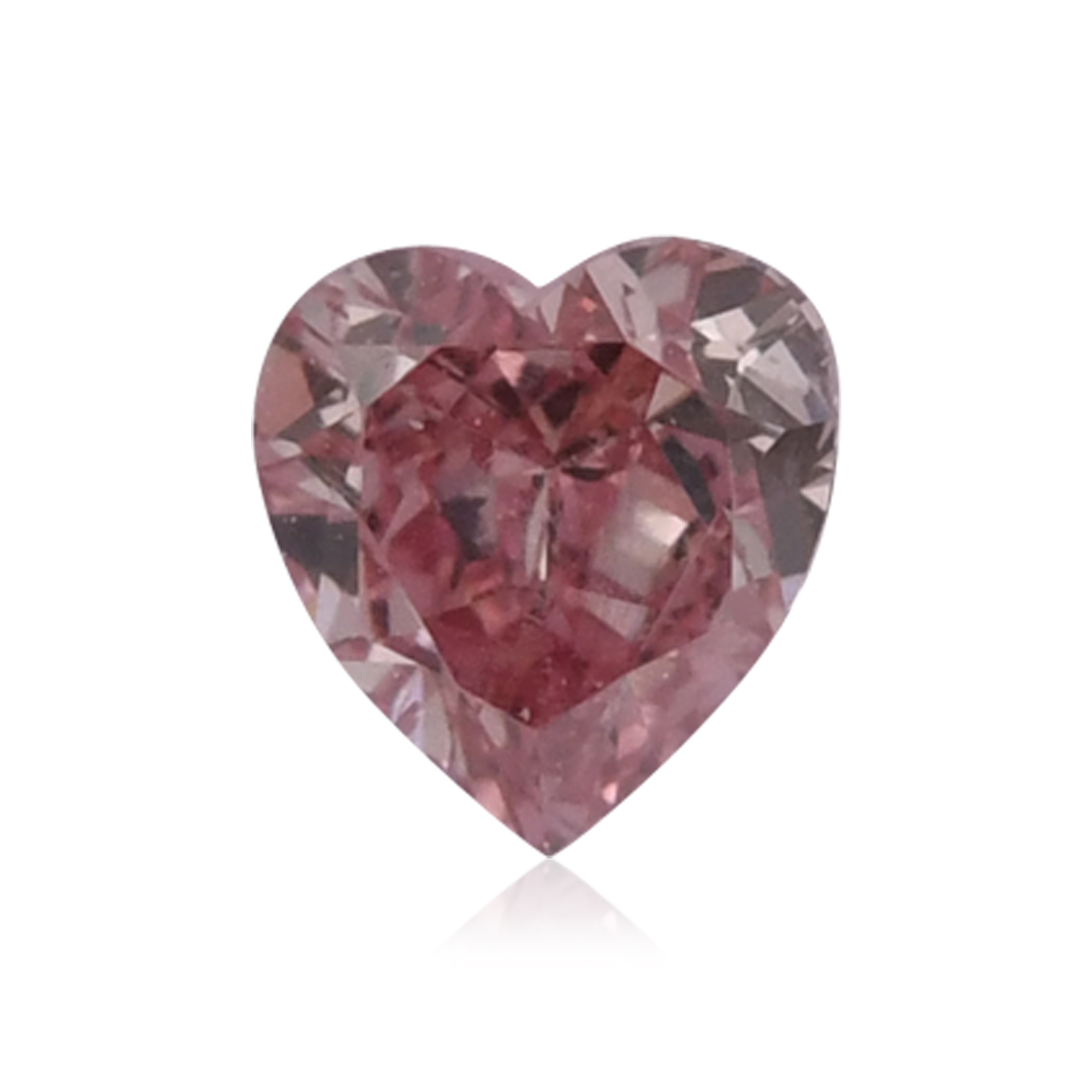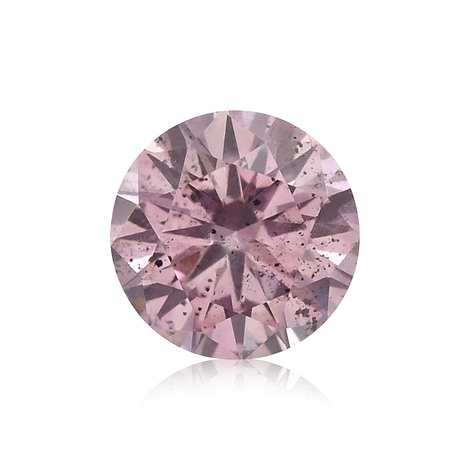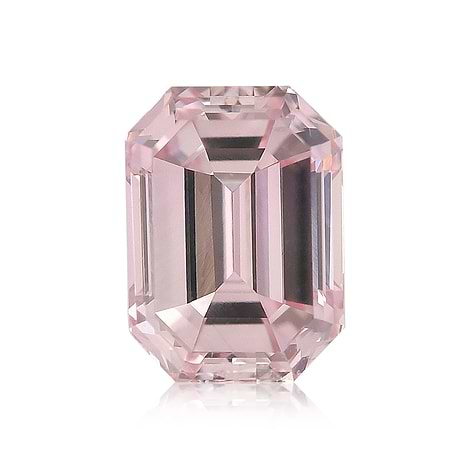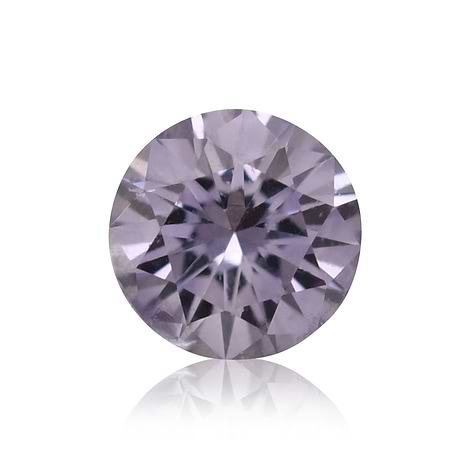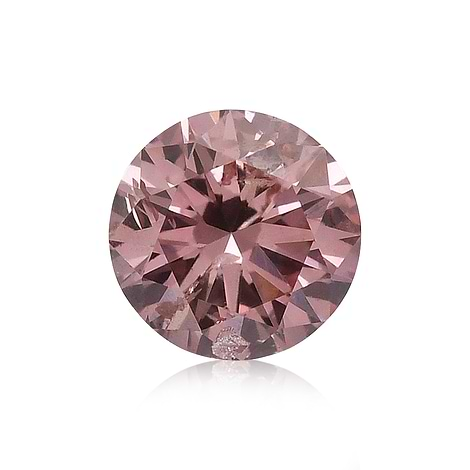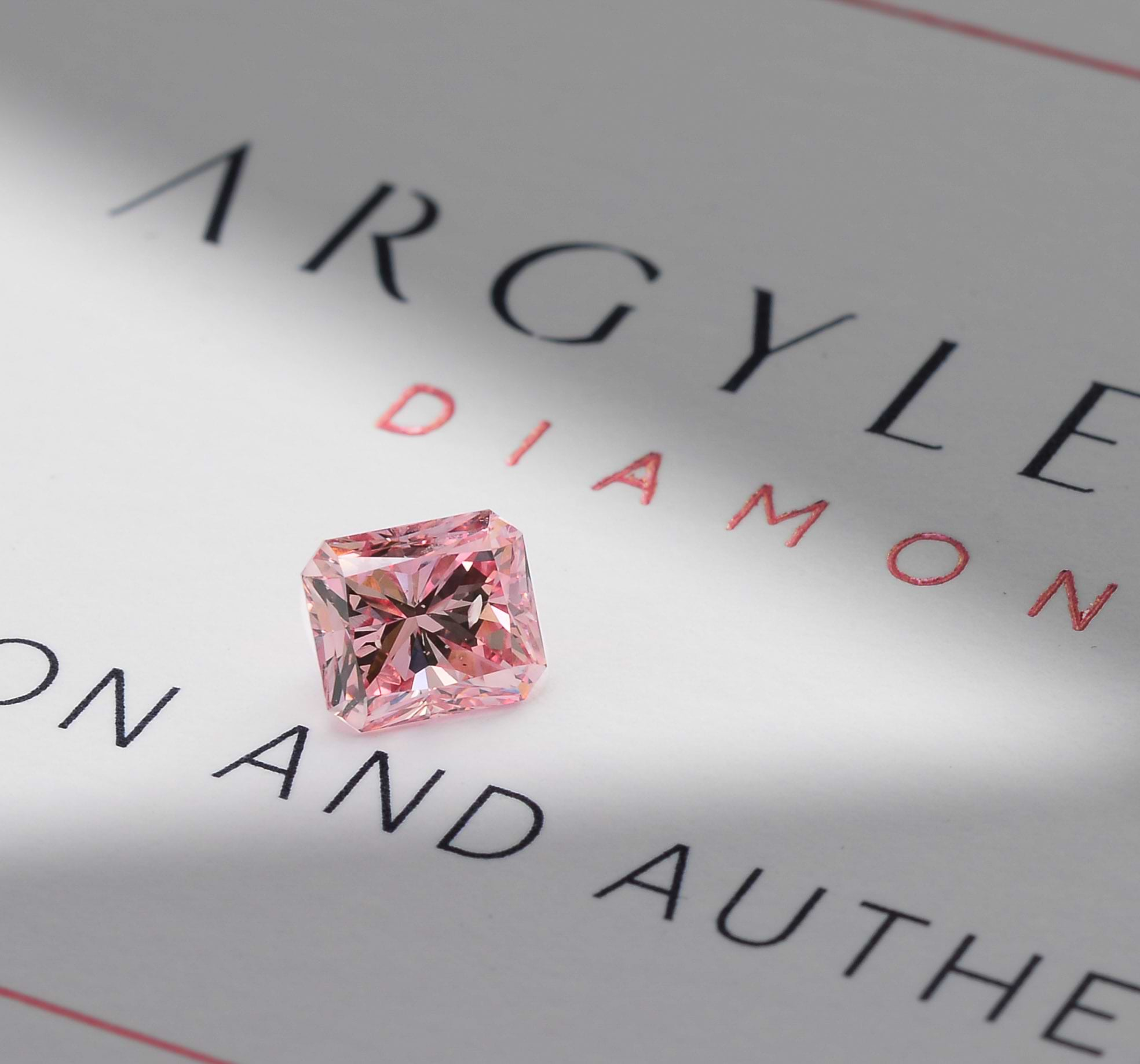Charlotte McLeod:
Good morning, I'm Charlotte McLeod with Diamond Investing News. Here today with me is Shmulik Polnauer of LEIBISH, a supplier of natural fancy colored diamonds of all colors and sizes. He recently returned from the 2013 Argyle Diamond Tender with six pink diamonds and one red diamond, and he's here today to talk about those diamonds, as well as what happened at the tender. To start off, could you give me a brief explanation of what goes on at an Argyle Diamond Tender? Is there one every year?
Shmulik:
Sure. Argyle production every year and some of them are very nice. So what they do they collect the best 65 [Argyle] stones from the best production, the nicest pink [diamonds], and they put it aside. Usually in September they make a tender in which they call all the dealers and high-end jewelers and private and they invite them to look at the goods and put the bids. No one knows what other offers they put and whoever puts the highest bid takes the stone. All the stones come with a special box and a nice big book of all the tender stones, a very nice look. Again, the goods are very, very nice. Now, these are the best pinks you can see in the market.
Charlotte McLeod:
What can you tell me about the seven diamonds that you won? Did you come away from this year's tender with the quality and number that you expected?
Shmulik:
Well, I can say that each year I won about six stones, seven stones. Last year we won seventeen stones. I'm sure I was expecting to, this year I was sure I won't get so many stones but I was expecting to get a little bit more. After I was bidding for about forty stones I was hoping to get between, around the twelfth stone I was very happy. But seven stones is still not bad for one year. I mean again you are bidding against a very big range of people, there are a lot of jewelers and only sixty-four stones. It's very hard to win it all.
Charlotte McLeod:
Yeah.
Shmulik:
And also they are very expensive stones there, you know.
Charlotte McLeod:
Right.
Shmulik:
A few stones which can go around a million dollar, two million dollar, $800,000. This is less the stones which we are looking for. We are looking more to the stones that people can afford it. Even if it's a $100,000 or $50,000. So I'm always focusing on the stones which can sell easier.
Charlotte McLeod:
So you ended up sending two of the diamonds you won back for further polishing. I understand there is some risk in doing that. So what made you decide to do so?
Shmulik:
Well, always when you polish a diamond and you put it back on the wheel there is always a risk. A diamond can just blow to dust from the heat. There is a risk, but you always are looking at the benefit from it. We always find stones which we think can look better and to improve the color and it's like a lady, whatever she wears, if she pouts on makeup or if she puts a nice dress she can look completely different.
Charlotte McLeod:
Yeah.
Shmulik:
Just a small change, nothing inside the stone. It's just a small change outside of the dress or whatever she does.
Charlotte McLeod:
Yeah.
Shmulik:
At the same time if we change a small facet or give a small degree of the stone, one point, two points on the stone, and the stone will look nicer. So sometimes the color looks better, but the grading of the GIA is still the same. But sometimes they give it a better grading. It can be an intense pink diamond or vivid pink and in terms of money a big upgrade.
Charlotte McLeod:
So is it common for you or for other companies to send diamonds back for more polishing?
Shmulik:
It's common. Not everyone does it but again there is a small amount of knowledge and to find mistakes or not even mistakes to take the potential of the stone. They are rough. Many people cut it but they don't 100% of the rough. So it doesn't look exactly like what the stone can be. It can look much nicer. I'm looking for the mistakes which people do one cut mistakes, but what stone I can still improve to make it look even nicer. And in this trend there are many, many people that are always looking for the stone. It can be a stone cut from yellow, fancy yellow to intense yellow, from fancy pink to intense pink. Because today it is very hard to make a profit in diamonds because of the let's say, list, or prices are very settled. You have to find where to make the upgrade in the color because over there the profit is at stake.
Charlotte McLeod:
So how long will it take for the diamonds to be polished? When are you expecting them to go up for sale?
Shmulik:
The cutting is not always a long process. If it's a smaller touch it can take one hour, but let's say the pink material is- the moment you put it on the wheel it becomes hot, the color looks amazing, but you have to let it cool a little bit. So every time you touch it you have to wait a few hours, wait a day, until the real color of the stones comes out.
Charlotte McLeod:
Okay.
Shmulik:
So I would say it takes between one to three days to re-cut a stone like that.
Charlotte McLeod:
Okay.
Shmulik:
And then you have to send it to GIA again. But let's say it takes between a month to two months to finish the process.
Charlotte McLeod:
So earlier this year Argyle was transformed from an open pit mine to an underground operation. Do you expect to see any changes in the diamonds it produces in the coming years?
Shmulik:
I can tell you from what I see in the market. I always buy most of the, many allocations from the site holders of Argyle. I can tell you that if I used to get big boxes from them, but the last year I got only, I would say, 40% even 30% of goods. They are telling me also that the boxes they get are very, very small. I mean it is funny to say but they have nothing to sell. The size is even, I'm talking about fifteen points, twenty point stones.
Today I got a shipment and it was only twenty stones from there. About ten stones were from fifteen points and the biggest stone was about thirty points. We are talking about we used to get stones at fifty, sixty, seventy points very easily.
Charlotte McLeod:
Oh.
Shmulik:
So fifteen points is ... as you can see the production goes very, very slow and very low quantities.
Charlotte McLeod:
All right, so finally can you give me a quick overview of what's going on in the colored diamond market these days? Is there any particular color that's gaining popularity?
Shmulik:
I can say from the last two months I think that the yellows prices stayed the same, but I feel very, very big demands on pinks.
Charlotte McLeod:
Okay.
Shmulik:
Say from fifty points, 1 carat, and 2 carats are very, very hot. I must say I sold from what I see in my private stock I sold I think, most of the stones and I don't see any others around in the market. So I think pinks go very well. Blues are not around at all so it's very hard say if it goes up because it's not available nearly anymore. Even of the chameleons, not many people heard about the chameleons, but the chameleons 1 carat, 2 carats nice quality, also sold everything and very hard to find new goods. So I think pinks and chameleons and blues are the hot items today.
Charlotte McLeod:
All right, well thank you for talking to me today. It was nice to speak to you.
Shmulik:
Sure, Charlotte. Thank you, have a nice day.
